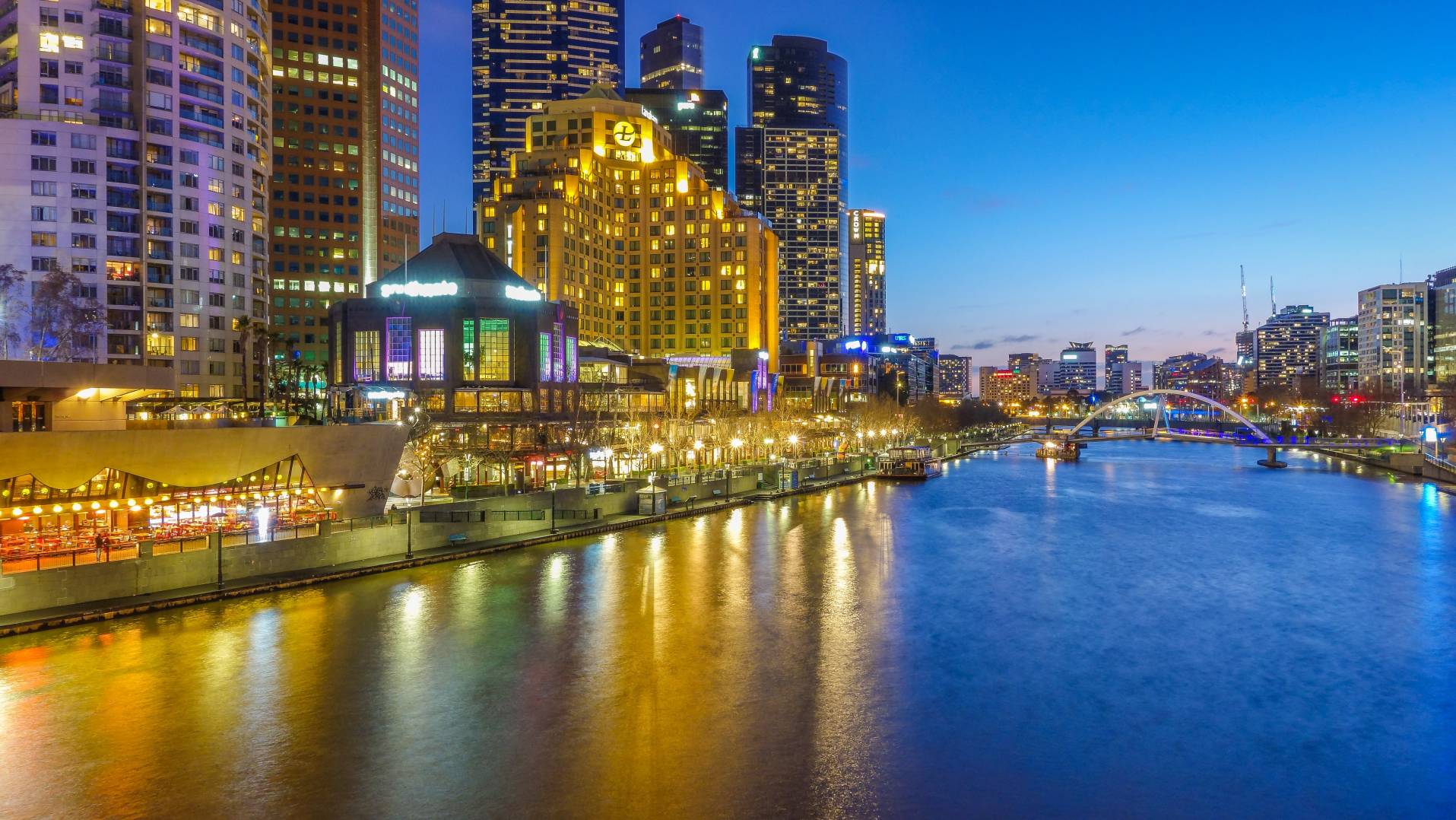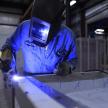
16th
Increasing Ventilation in Office Buildings: A COVID-19 Response
It’s more than just flick a switch!
By Joe Scholz and Chris Horan
Following advice from SafeWork Australia and the World Health Organisation (WHO), office buildings are adjusting their air conditioning systems to allow for more outside air to flow to reduce the spread of COVID-19.
We took a closer look at one major office tower to help them implement this change. The result, well, there’s a lot more to it than flicking a switch!
The reason we became involved in this project was that a significant tenant, who is a global organisation with offices around the world, was seeking the maximum possible ventilation of outside air as a precautionary response to the threat of COVID-19.
While this sounds easy, the first challenge emerged - thermal comfort. Occupants were reporting persistent cool conditions in the mornings as the air conditioning struggled to warm large volumes of cool outside air.
This situation was exacerbated by the fact that most occupants were working from home and therefore the usually dense population of workers and their warm computers was not present.
This immediate problem flagged the future concern of carbon emissions - the additional energy required to warm all of the additional cool outside air would likely become even more of a problem when the situation was reversed and the system would need to cool very warm outside air over a long hot summer.
Multi-factor approach
Our first consideration was calculating the ventilation required to well and truly dilute any pollutants, like virus particles. How much more ventilation than normal is enough to achieve this?
The maximum possible ventilation might imply running full outside air from the early hours of the morning.
We considered that a number of factors might allow a step back from this:
- The degree of ventilation more than Australian Standards or ASHRAE guidelines or the building’s design specification, might give some guidance
- Occupancy levels in the workspaces during the pandemic could be an adjusting factor
- Filter efficiency rating remained a question
- Low or zero level of community spread in the metropolitan area where the building draws its workers may suggest moderating extreme ventilation requirements.
Working a Solution
AS1668 (2012) The use of ventilation and air conditioning in buildings - Mechanical ventilation in buildings, sets minimum outside air ventilation at the rate of 7.5 litres/second/person, with adequate filtration.
In the particular case of this building, we considered a minimum target of 2 or 2.5 x this minimum standard would be appropriate.
That is to say that this is a minimum and the observed level should be on average above this, say 3x or 22.5 L/s/person.
This may not be appropriate to all buildings and would vary with the persistence of community spread of the virus.
Over the course of several days we undertook continuous monitoring of outside air flows and reviewed CO2 base building monitoring to verify our calculations.
Due to the lack of real-time tenant occupant data, occupancy rates were estimated from the tenancy design, and as such were likely higher than actual due to the lower occupation as a result of work-from-home policies currently in place. This resulted in a conservative estimate of outside air delivered.
We also discovered a small glitch in the Building Management System control of a certain set of dampers not behaving as expected.
Initial Results
For the present, our investigation has assured the building manager that actual outside air ventilation is a generous multiple of Australian Standards, with detailed sample evidence across the 24-hour clock over several days.
We continue to monitor peer reviewed studies evaluating ventilation impact on COVID infection rates. As more data comes in from this and other buildings around the country, and we refine our applied methodology, we anticipate rules of thumb emerging to balance increased ventilation with energy usage and thermal comfort.
We continue to emphasise that every building’s situation will be different.
For more information or to ask the authors of this article a question, please contact us here.
Categories
Recent Posts
Trichloramine and Indoor Air Quality in Swimming Pools
05th Nov
For swimmers and pool workers alike, the characteristic "chlorine smell" at indoor swimming pools is part of the experience. Howev...
Indoor Air Quality Takes Centre Stage: A New Government Report on Airborne Virus Transmission
30th Sep
The importance of Indoor Air Quality (IAQ) has gained significant attention following the release of a groundbreaking report from Australia‚...
Changes to the workplace exposure standard for welding fumes
15th Mar
On January 18, 2024, SafeWork Australia made a significant adjustment to the Workplace Exposure Standard (WES) for Welding Fume (not otherwi...

















